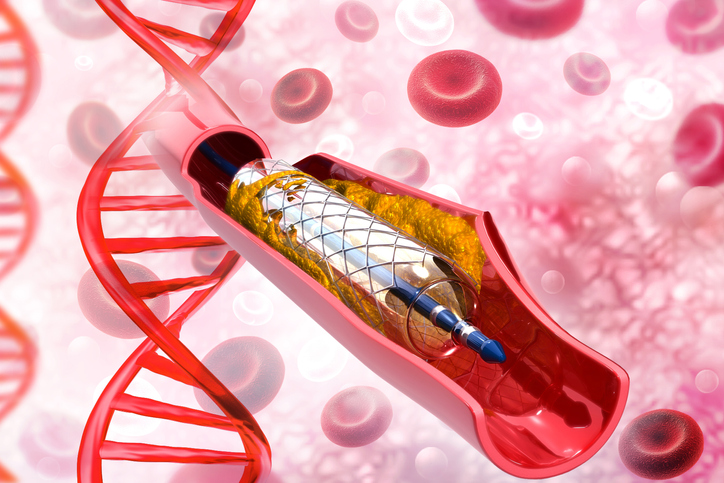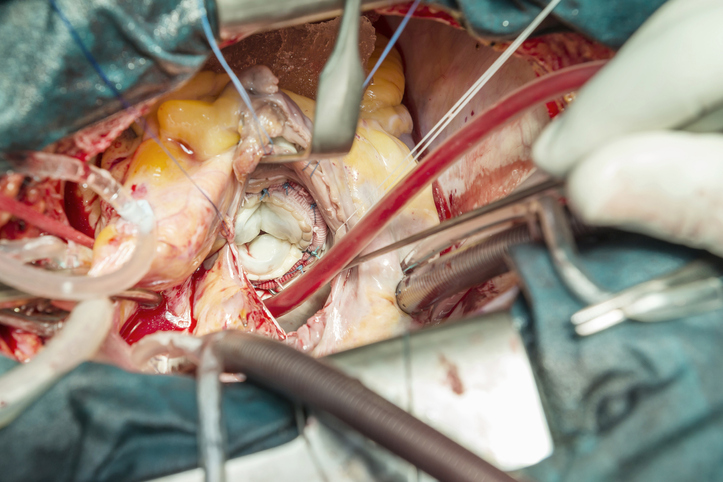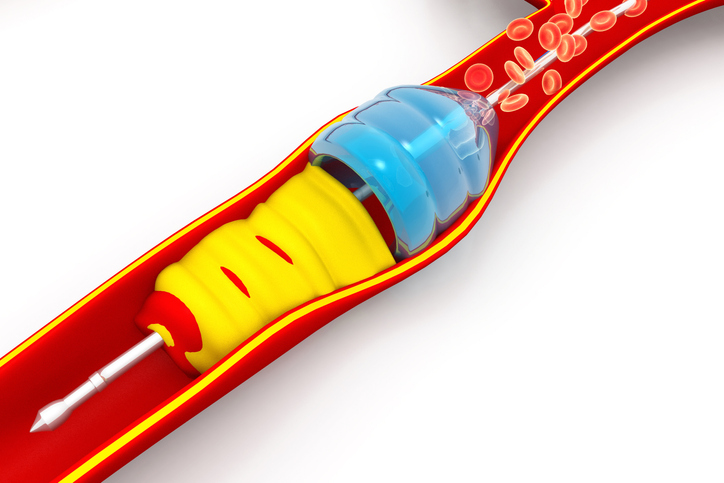Pacemaker implantation
For patients with heart problems like very high heart rate AKA Tachy or Slow Heart Rate Aka Brady, the doctor may recommend implanting a pacemaker. This is a device that is placed on the chest’s upper portion to help correct the different types of Arrhythmias problems. This device helps to control the hearts beating and rhythm in a programmed manner. In the event, if the heartbeat is irregular, the pacemaker will help to regularize it.
Duration of the procedure – Depending on the type of device that is going to be implanted, the procedure can range from 1-3 hours
Numbers of days for hospitalization – After the PPI procedure, the patient will have to stay back in the hospital for 2-4 days.





